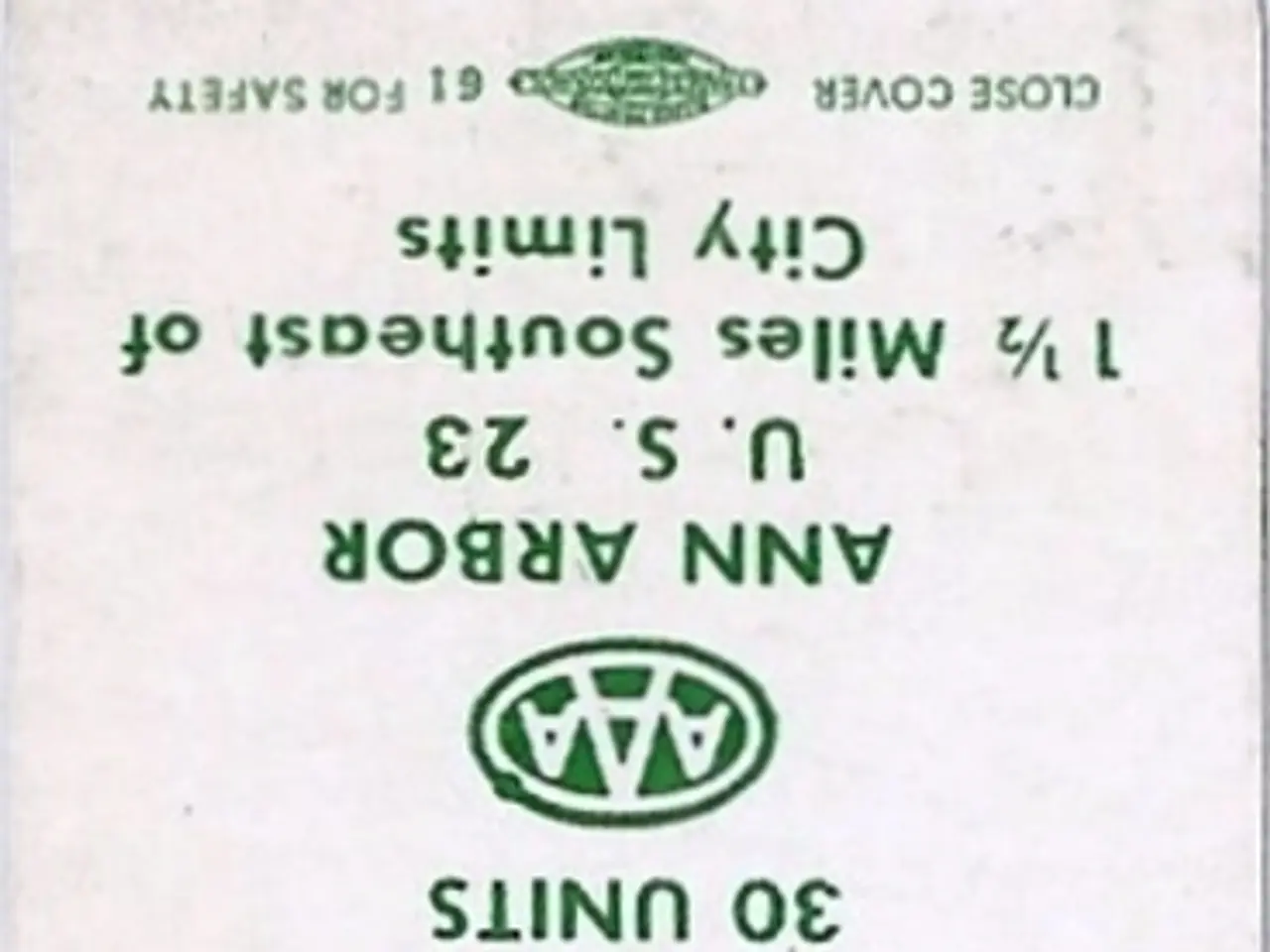Exploring the Historical and Sentimental Value of WPA National Park Posters
In the heart of the Great Depression, during the Roosevelt era (1933-1945), a unique initiative was launched to both stimulate employment and celebrate the beauty of America. This was the Works Progress Administration (WPA), a key part of the New Deal, which aimed to put Americans back to work and restore hope.
One of the most intriguing projects under the WPA's umbrella was the creation of National Park posters. These posters, hand-silkscreened between 1938 and 1941 by unemployed professional artists, served a vital role in encouraging Americans to visit and appreciate their national parks, which were still relatively young and in need of support.
The posters were more than just promotional materials; they were a testament to a time when art was used to heal and inspire. They celebrated America's natural wonders as symbols of hope and possibility. Collecting these posters today is about preserving a moment in American history.
WPA National Park posters are highly sought after and collectible by antiques enthusiasts, not just for their vintage appeal but for their historical significance and connection to a pivotal moment in American history. Only 14 of these iconic National Park posters were ever produced, and estimates suggest only 50 to 100 copies of each design were made, making them incredibly rare today.
Despite most of the original posters being lost to history, a park ranger named Doug Leen discovered one in the 1970s, which sparked a renewed interest in the posters and their revival. Today, only a dozen of the original 14 designs are known to exist, making them some of the rarest and most sought-after pieces of American graphic art.
The original Grand Teton National Park poster was designed by WPA artist Chester Don Powell, whose work continues to captivate viewers with its vibrant colours and intricate details. The posters were displayed in public spaces and caught the eye of travelers and locals alike, drawing crowds to the parks and sparking a sense of adventure and national pride.
These posters not only promoted tourism but also played a significant role in preserving the national parks. They helped to foster a sense of appreciation and responsibility for these natural wonders, ensuring their protection for future generations. Today, they stand as a testament to a time when art and history intertwined, creating a lasting legacy that continues to inspire.







